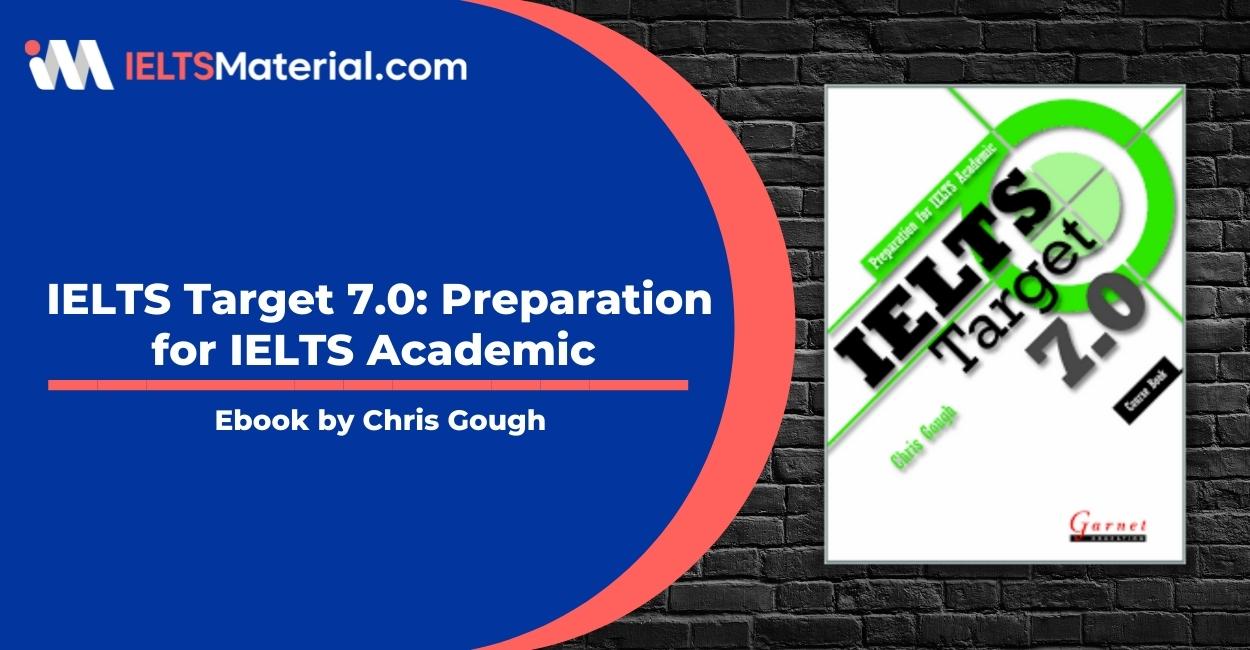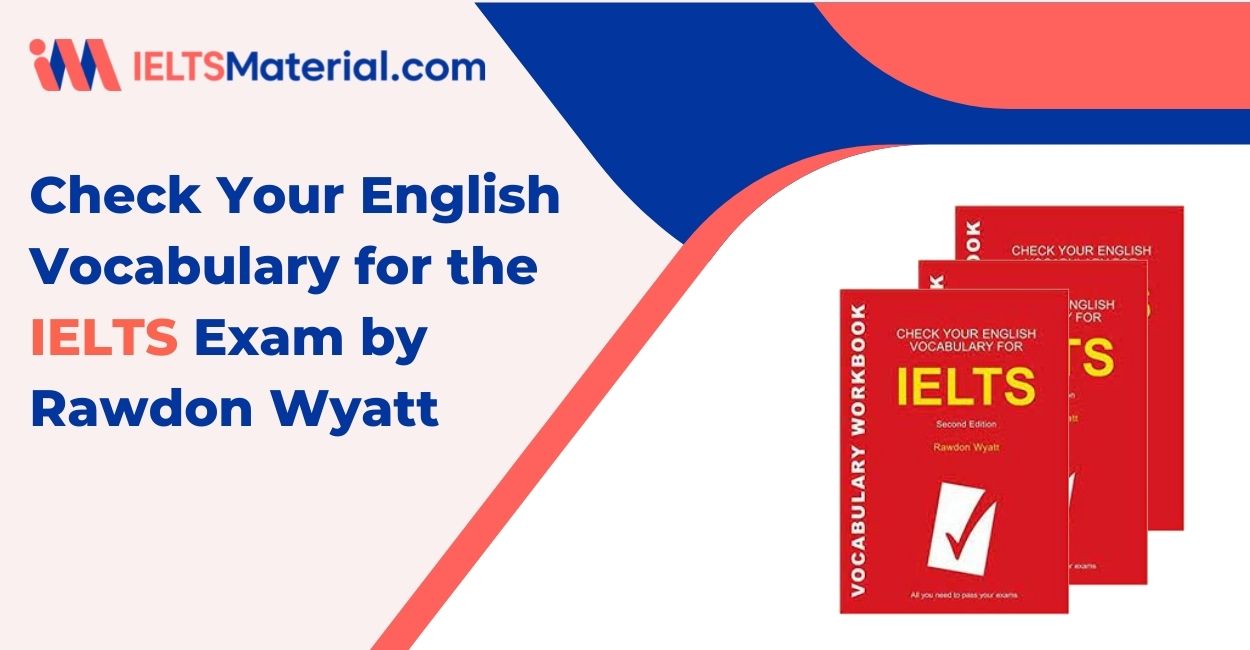IELTS Life Skills Official Cambridge Test Practice B1 with Answers (Ebook)
Get ready for the IELTS Life Skills test with the ebook, IELTS Life Skills Official Cambridge Test Practice B1 with Answers. It includes IELTS practice tests, complete answers, and tips for mastering the speaking & listening sections and scoring a Band 9.
Table of Contents
- Overview of IELTS Life Skills B1
- Contents of the IELTS Life Skills Official Cambridge Test Practice B1 with Answers (Ebook)
- How to Use the IELTS Life Skills Official Cambridge Test Practice B1 eBook?
- How Using the IELTS Life Skills Official Cambridge Test Practice B1 with Answers (Ebook) with a Partner Help?

Limited-Time Offer : Access a FREE 10-Day IELTS Study Plan!
IELTS Life Skills is an English language test that verifies your speaking and listening skills according to the Common European Framework of Reference for Languages (CEFR). To prepare for the exam, you must have the right resources to master the necessary skills, making IELTS Life Skills Official Cambridge Test Practice B1 with Answers (eBook) crucial for all aspirants.
This blog will provide you with the ebook link and guide you on how to use it effectively for a better IELTS band score.
Overview of IELTS Life Skills B1
IELTS Life Skills includes three levels - A1, A2, and B1. This test ensures that your English abilities meet the B1 CEFR standard, which is necessary for obtaining citizenship or settlement. At the B1 level, candidates are expected to demonstrate that they can:
- listen and respond to spoken language, including straightforward information and narratives, and follow straightforward explanations and instructions.
- communicate information, feelings, and opinions on familiar topics, while speaking with the appropriate formality.
- talk with one or more people in a familiar situation, making relevant points and responding to what others say to reach a shared understanding about familiar topics.
IELTS Life Skills B1 level speaking tasks may include the following skills:
- describing and comparing
- giving opinions
- giving personal information
- stating preferences
- commenting
- asking for information or descriptions
- agreeing and disagreeing
- explaining, giving reasons or justifying
- deciding
- suggesting
- selecting
- showing contrast, cause, reason or purpose
- prioritizing
- planning
- persuading
- narrating
- asking about past or future events
- expressing future certainty or possibility.
So, IELTS Life Skills Official Cambridge Test Practice B1 with Answers (eBook) is the best resource to prepare for the IELTS Life Skills B1 exam.
Practice from the IELTS Life Skills Official Cambridge Test Practice B1 with experts!
Contents of the IELTS Life Skills Official Cambridge Test Practice B1 with Answers (Ebook)
The IELTS Life Skills Official Cambridge Test Practice B1 with Answers (Ebook) contains essential practice materials. They are as follows:
- Details on each section of the IELTS Life Skills exam
- IELTS practice tasks
- Audio recordings that act as a sample answer
- IELTS exam preparation tips for band score of 8+
- Extra material to help you do the task for a second time
The book has instructions, which make it easy to use and probably the best way to practice IELTS at home, and audio recordings on CD and as downloadable files. You may also find it helpful to refer to the Cambridge English Language Assessment website. Here you can find sample papers from the test, including instructions for examiners: www.cambridgeenglish.org.
How to Use the IELTS Life Skills Official Cambridge Test Practice B1 eBook?
You can use this book without a teacher to prepare for the test. But, for that, you need to know the effective way to use the IELTS Life Skills Official Cambridge Test Practice B1 with Answers (Ebook).
The step-by-step guide to use the book efficiently is as follows:
- First, you read some tips that provide advice about each part of the IELTS Life Skills test.
- Then, you try to do the test practice task yourself (or with a partner if possible). Each task focuses on one part of the test.
- Next, you listen to an audio recording of two candidates doing the same task.
- Finally, using the extra material in the book to help, you do the task for a second time.
How to Use the Recording?
Read the information on the right page first. Then listen to two ‘candidates’ doing part of the test. Then you practice it with a partner or on your own.
For the IELTS listening section, read the questions and listen to the recording. Try to answer the questions. Then listen to the two ‘candidates’ answering the questions and you will hear the correct answers.
Take time to listen to each test as many times as you can. Learn any new words and language. Listen to the recording to help you say the words. Think: ‘What do I need to do?’ in each part of the test.
The people on the recording are not real learners. They do not make mistakes with their English. Use them to help you learn. In real life, learners make mistakes on the test. You can make mistakes, but you can still do well on the test. You do not need perfect English.
Looking for quick recaps, a group interaction, or a direct lesson from experts?
Book a seat for our FREE IELTS webinars!
How Using the IELTS Life Skills Official Cambridge Test Practice B1 with Answers (Ebook) with a Partner Help?
The best way to practice for a language test is to practice with an expert. But this is not always possible. So, the next best alternative is to do the activities in the book with a partner. It can be someone else who is preparing for the IELTS Life Skills test or someone who has a similar level of English to you.
When learners are doing the test practice material, various interaction patterns are possible, including:
- Whole-class demonstration - The teacher plays the rote of the examiner throughout, and two learners play the two candidates, with two different learners coming to the front of the class to do this for each phase. The rest of the class watch the test and feedback on their peers’ performance. This could be done as follows.
- Phase 1 a with students A and B
- Feedback on Phase 1a
- Phase 1 b with students C and D
- Feedback on Phase 1 b
- Phase 2a with student E and F
- Feedback on Phase 2a
- Phase 2b with students G and H
- Feedback on Phase 2b
- Learners in groups of three, with one learner playing the role of examiner - In this case, the leader who is playing the role of the examiner would need to have the exam script in front of them and would need to be familiar with the format of the test and the task layout on the page (e.g. the use of bow for the examiner speaking frame)
- Learners in groups of four, with three playing the roles of examiner and two candidates (as above) and the fourth being an observer - The observer watches the other three learners do a phase of the test, and then provides feedback to the learners on their performance. This is more likely to succeed if the teacher gives the observer categories to feedback on, e.g. pronunciation, accuracy of language, friendliness, and politeness, etc.
Buy IELTS Life Skills Official Cambridge Test Practice B1 book from Amazon!
Get it on Amazon
To sum up, get your hold on the IELTS Life Skills B1 test with the IELTS Life Skills Official Cambridge Test Practice B1 with Answers (Ebook). This comprehensive resource provides IELTS practice tests, answers, and essential tips to help you succeed in the speaking and listening sections of the IELTS exam.
Useful Links:

Start Preparing for IELTS: Get Your 10-Day Study Plan Today!
Check out other Cambridge eBooks
Recent Articles

Prity Mallick

Kasturika Samanta







Post your Comments
8 Comments